Made again in Canada cool!
You do not often in the same sentence using beautiful words but the factory, the gleaming white cube, in George Brown fashion exchange into the glass, in the heart of the new Regent Residencial Parque building hall is really smooth.
Now one year old, the huge 5600 square foot open space features artfully exposed pipes, refactoring workbench and strong yellow energy bar, held aloft by the design George Brown school.
The building is known as fashion exchange and has several purposes for feeding each other. First of all, it is a site for industrial electric sewing training programs. It provides services to young people in their careers and services to the garment industry. So far, seven classes have graduated from the industry.
There are also two new George Brown graduate programs: Fashion Technology Design and sustainable fashion production.
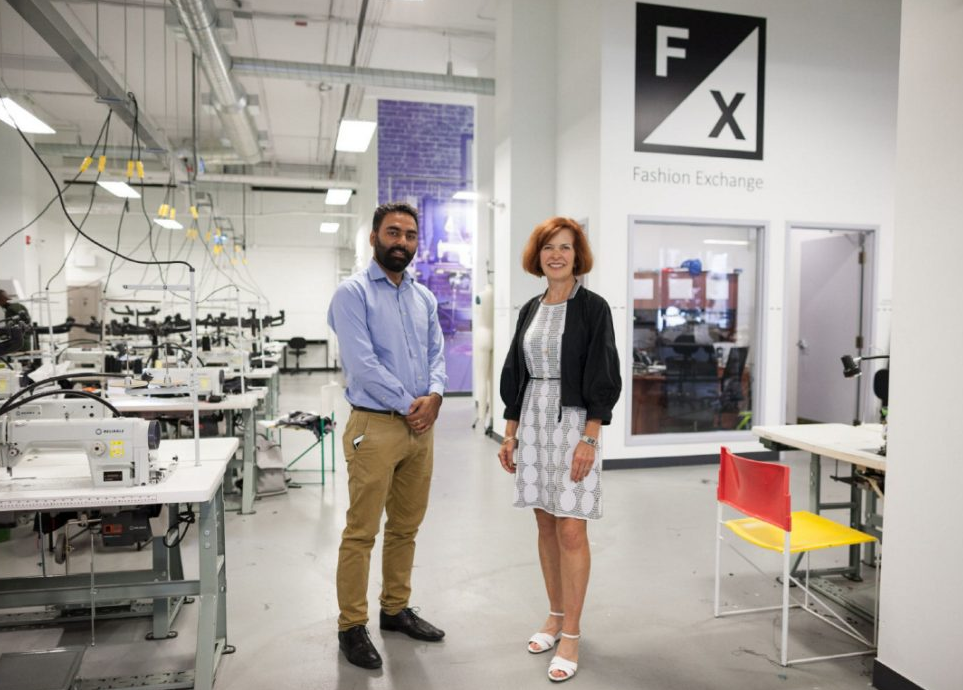
And, above all, the space itself is a small factory. From CAD / CAM (computer aided design and manufacturing) to 3D modeling to a comprehensive lean manufacturing center, fashion deals all about 30 paid customers from city labels.
From 9 to 5 every humming, equipment is the most advanced, by a rich experience in garment production workers team operation: the most things farther away from the crowded, dusty and hot overseas fashion factory, we saw in the tragic news reel.
Foreign exchange, Marilyn McNeil Morin director, five years of access to the project into battle. With the overlapping goals of training designers and production teams, as well as links with Regent Park community and city work designers, it has become the focus of the future. Now, most of our manufacturing glory is over.
Spadina Avenue, now the history of “fashion district” was once the country’s garment manufacturing sound: today’s fashion boutiques, restaurants, bars and boutique apartments. In the globalization of happy, fast fashion in 90s, the West City fashion production area suddenly disappeared, because the collective production moved abroad, the environment and social justice, these factories are very cheap, and sometimes dangerous and suspicious.
Now, digital chaos has subverted the landscape, including the size of fashion designers, production, display and marketing of their products. One solution is to have fewer, high-quality clothes, with a strong background story. This means that Canadian made cool again.
This summer, Kimberley Xingang, founder of mimran and 15 year old Pink Tartan designer, commitment not only to set up new partnerships with local and other artistic talent (coat and designer Susie Sheffman, and George Antonopoulos, fashion director Gou) but also will do “80%” of her previous overseas production, this year, back to the country. “We’re looking at our carbon footprint and the sustainability of fresh eyes as a whole,” says her label, which is 1st anniversary, Mimran. “It’s my own way of life.”. I’ve been living in the air and visiting factories. I want to do more and concentrate on building resources here as part of the skills, handicrafts, and industry that rebuild our own backyard.”
She is currently producing projects in the Toronto region, Winnipeg, Quebec and Nova Scotia provinces. She is a redesigned legacy; she doubles on her favorite repertoire (her classic pink plaid shirt, coat and jacket and skirt), with clean clothes, a refreshing story, is true of her and her brand. “What products you produce, where you produce them, defines what kind of designer you are.” I enjoy working with enthusiastic collaborators in all parts of my job.”
A movement from Canada back – “teau Le chain companies, at the same time from a small start-up brand.
Le – “a castle in Canada every collection, about 35 of the shares in Montreal, according to different seasons.
Next weekend, more than 70 emerging brands are participating in the mainland, a two day show and sale at St. Peter’s street, 134, of which about 90 to 95% of the products are made in this country. The name above (and banners shaken) includes Pedram, Karimi, Hilary, MacMillan, and Jennifer Torosian.
David Dixon, one of the country’s long-time design stars, has been making clothes here for 22 years of his own design, in addition to several experiments that have been done by overseas manufacturing department store partners.
“I always believe in transparency,” Dixon said. “I’ve met people who have personally assembled our collections for our products.” It not only brings a certain value to the work, but also brings a sense of pride, many people are committed to the production of long-lasting quality clothing.
Canadian scholar Taylor Brydges moves the slow fashion movement to the farm, the food table, the world revolution. A doctoral student at the University of Uppsala in Sweden is writing a paper on Canadian custom swimwear manufacturers.
In a study published in academic journals of the Canadian geographer, Bridges believes that in the fast fashion and cheap overseas manufacturing global economic survival are based on Canadian fashion designer to provide high quality and niche products, “local production. “This is similar to the slow food movement,” she said. “It features cooking in support of local, small farmers and seasonal ingredients. Slow fashion is based on the principles of sustainability, social responsibility and transparency.
Slow fashion (defined by 2007 theecologist.org K. Fletcher) is “design, production, consumption, and life better.”. Slow fashion is not the time, but the basis of quality (some of which are components). Slow is not the opposite of fast – no dualism, but another way designers, buyers, retailers and consumers know more about the impact of products on workers, communities and ecosystems.
In this town there is a difference in the number of stakeholders involved in this regression, locally manufactured, and more than McNeil Morin, who also hosts fashion schools in the 10 year George Brown. After all, when the factory closed, we lost the skilled workers, the equipment and the whole industry. When the factory reopened, they needed to train the garment workers. In Regent’s Park, this is a social affair.
“We’re here, we have the natural rights in our backyard,” she said. The new Canadians who have learned special finishing and embroidery techniques abroad live in Regent’s park. The excitement is that students and new designers have also found a way to keep the handlebars traditional.
Gagan Singh is a fashion exchange production manager and his client designs for him. He came to FX after extensive experience with local custom swimwear manufacturers. Today, he and his team of experienced workers range from a single sample to 20 to 40 pieces; the work range covers CAD and 3D design through the finished product. The connecting flight is two to four weeks.
This is a professional business, but as it conforms to its orientation in a school, there is a nurturing element. “We can help young designers,” Singh says. “By discovering and correcting mistakes early, they don’t have to waste a lot of time looking for something that doesn’t work.”. They also help to improve efficiency as much as possible, such as minimizing fabric waste.
Singh says about 30 of the labels currently produce special effects, including small bikinis, Fred beans, narces and Heather, Campbell design, roster reputation building, and the family from George Brown.
“If the designer needs more help in designing, digitizing, grading, marking, making, or other pre production advice, we can provide this service,” Singh said.”
“The new designers are starting here,” says McNeil Morin. But the goal is to move on, expanding their business and working with larger factories.
Of course, like antiques, clothing, sources and fabrics, Mills, information about these local factories is closely conservative business. Designers are not willing to talk about the details, sometimes even nameless suburbs, for fear of losing their own space on the game schedule.
Now, at the end, it sounds more like the fashion industry of the past.
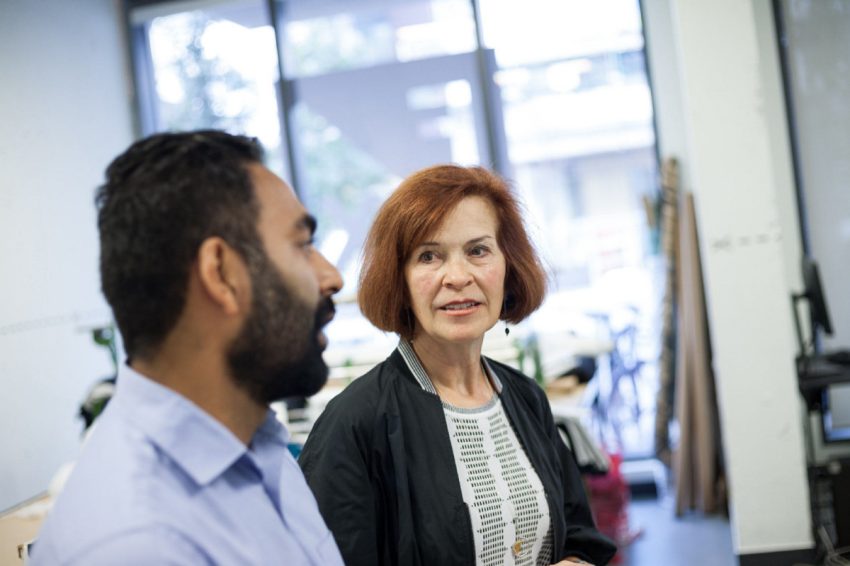
Canadian fashion pops up to adapt to changing fashion landscape
More than 10 years ago, Sarah’s power was struggling for a generation of fashion designers and fashion enthusiasts. “Every year we see a new collection of Canadian designers, because there is nowhere else.”
In pursuit of the George Brown fashion degree, and in the minds of those new designers, the power is launched inland (madeinland). CA) in the fall of 2014. She called for her to create a “retail concept of Agility” to accommodate the changing landscape of fashion. This year, more than 70 Canadian new and independent designers, whose work is “90 to 95%” manufactured in Canada, will be part of the event. Our idea is to make these major online businesses move to life, providing shoppers with the opportunity to meet designers and experience brands.
This year, there are designers from all over the country, from Vancouver to Halifax. And for the first time, have you got any entry fees?. The doors opened on 29 January (3 p.m. to 10 p.m.) and 30 (11 a.m. to 7 p.m.) at Queen’s Center (QRC) in Peter, saint, west of Richmond, with 4000 of clients expected from last season’s 3000. The design project started at $35, to $500. Electricity forecast events will generate about $100000 in sales.
“Canada is an exciting story for customers,” Power said. “Our consumers are interested in supporting local talent and buying from designers who are concerned with society and the environment.” This generation is more choosy when they spend their own money. “They take fashion as an art form, and we wear it every day,” she says.
The pop-up group event display and sales model reflects the innovative approach for smaller independent designers to adapt to digital disruptions in the retail industry. “They have to pursue their own business models, without traditional wholesale models or department stores,” says Power. “As a result, they are making smarter business choices and using lean production to improve efficiency and function in production and marketing.”
This means limited edition collections, no season collection, “now see, buy now,” modular design and capsule collection, rather than big run, Mills and the factory once requested. Local custom swimwear manufacturers also gives them greater control over costs, quality and production time.
The power of names such as Toronto’s brutal designer Hilary MacMillan, he is wearing a Sophie GR Gray melon Trudeau, the editor of the Jennifer Torosian love and vegetarian success story of wully coat.
The outsiders, including odeyalo, by the Montreal designers combine the locals, and Amanda Moss luxury, also produced Montreal, who put the ethical issues in front of her.
They are full of visual power for this two day shopping party.
“Inland is an activity designed to deepen ties,” said power, “building loyalty and even friendship between consumers and designers.”

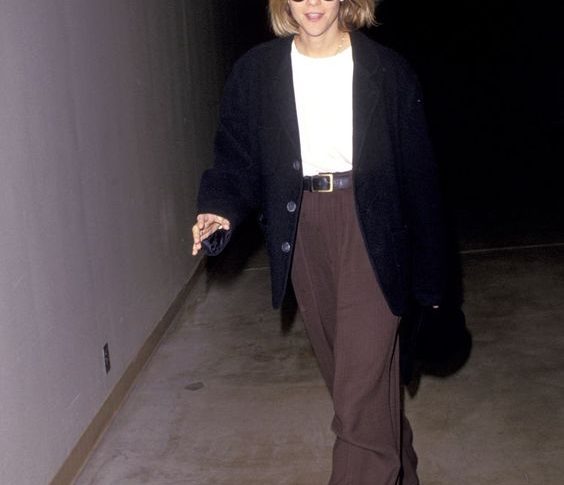
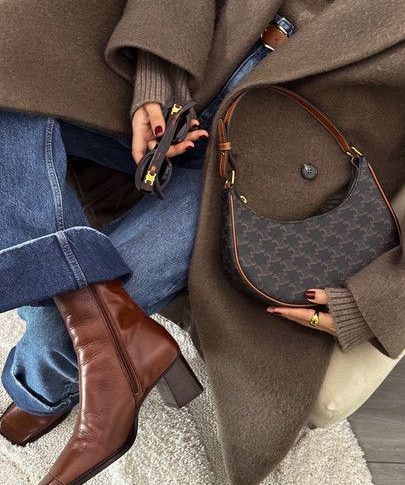

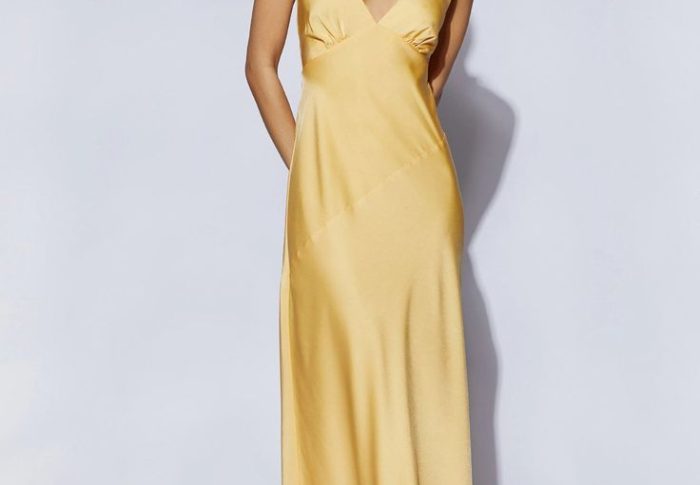
-
-
6 months
Tagged fashion, Outfits, women